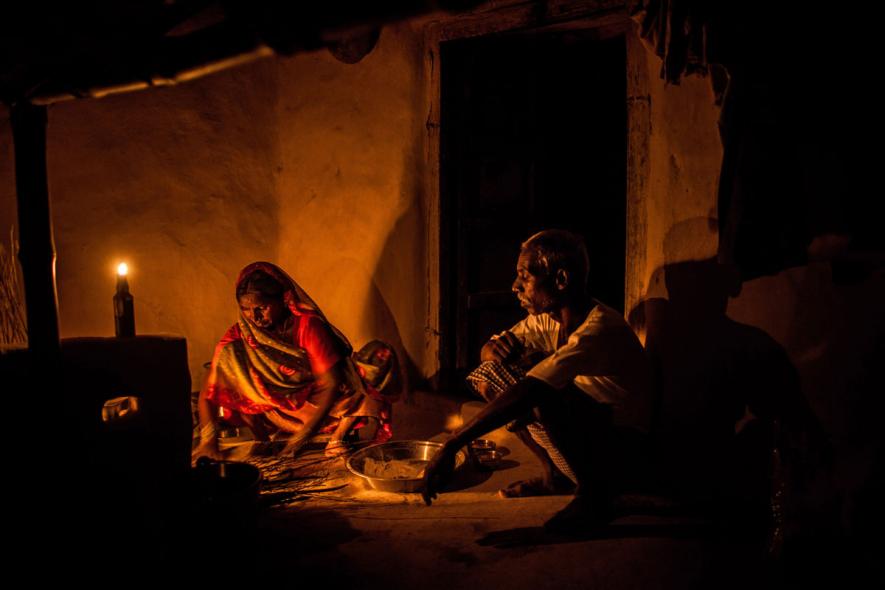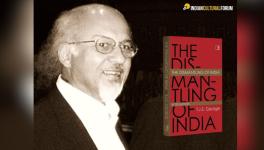Breaking Down Modi Government’s Claims of 100% Electrification of Villages

In a pompous announcement over Twitter on Sunday, PM Narendra Modi announced that the government has achieved the goal of providing electricity to every single village in India. What seems to be an exciting development cannot be accepted at face value. A lot of questions remain about this announcement — does 100% electrification actually mean every house gets electricity, how much contribution has the current BJP led-NDA government made, how reliable is the data behind these claims, and does 100% electrification actually mean anything significant for rural India?
The Deen Dayal Upadhyaya Grameen Jyoti Yojana (DDUGY) was launched in July of 2015, with one of its goals being the provision of electricity to all villages. This scheme, and the one launched in September of last year, Saubhagya (Pradhan Mantri Sahaj Bijli Har Ghar Yojana), are largely seen as rehashed versions of the UPA government’s electrification scheme, Rajiv Gandhi Grameen Vidyutikaran Yojana (RGGVY), with a couple of provisions added here and there. The UPA-II government, however, was able to achieve electrification at a much faster pace compared to the current government. When the NDA government came to power, only around 18,000 villages remained to be electrified.
After the launch of RGGVY in 2005, 1,082,280 villages were added to the grid till 2014 by the two successive UPA governments, with an average of around 12,000 villages every year. The Modi government, on the other hand, electrified the remaining 18,000 villages in four years starting from 2014, with an average of around 4,800 villages a year.
While villages may have been declared electrified, that in no way means all households have electricity connections. According to the government's definition of an electrified village, if public places such as schools, panchayat offices, and health centres have access to power along with merely 10% of the households, the village can be declared electrified. This leaves a huge number of houses out of the ambit of the definition. Government’s own data, on the GARV data portal, says that in only 8% of villages across India, 100% of the households have electricity connections.
In terms of giving access to Below Poverty Line (BPL) households as well, the UPA government was able to make much faster strides than NDA.
Even in states which have recently reported a rise in rural household electrification rate, often a simultaneous decline in the total number of households is also reported after re-estimation exercises. Thus, the increase in electrification sometimes just stems from the fact that the number of houses that require electricity have gone down.
Another reason for questioning the veracity of government data is the multiple reports pointing out villages and households that have remained electrified only on paper. In this Hindustan Times story for instance, even after a transformer and other infrastructural requirements were set up, the village did not receive any supply as the oil that was to power the transformer went missing. This is not reflected in the government data, and the village will still be counted as electrified.
What is also not reflected in the data and in the claims of 100% electrification is the quality of the electricity supply. According to the monitoring being performed by Prayas, an NGO working in the energy sector, 52% of the locations being tracked all over India faced power outages of more than 15 hours daily in January of this year. Another survey, carried out in 2015 by by the Council on Energy, Environment and Water (CEEW) and Columbia University, US, covering 8,600 households in six states made similar findings. in UP, for instance, 75% houses got electricity for less than 12 hours a day. In Jharkhand, only 2% households got electricity for more than 20 hours in a day.
Electric wires and connections serve little purpose without regular, affordable and quality supply. The true crisis this brings about in ordinary lives can be seen in the story of the farmer for whom lack of regular electricity supply means death of crops as irrigation is often dependent on pumps that draw out groundwater reserves. It is also reflected in the story of the family whose livelihood revolves around the whims of the power supply schedule, because of which they have to suspend all other activities, including education of the children. With many more such stories abounding in India, what does 100% electrification of villages even mean?
Get the latest reports & analysis with people's perspective on Protests, movements & deep analytical videos, discussions of the current affairs in your Telegram app. Subscribe to NewsClick's Telegram channel & get Real-Time updates on stories, as they get published on our website.
























